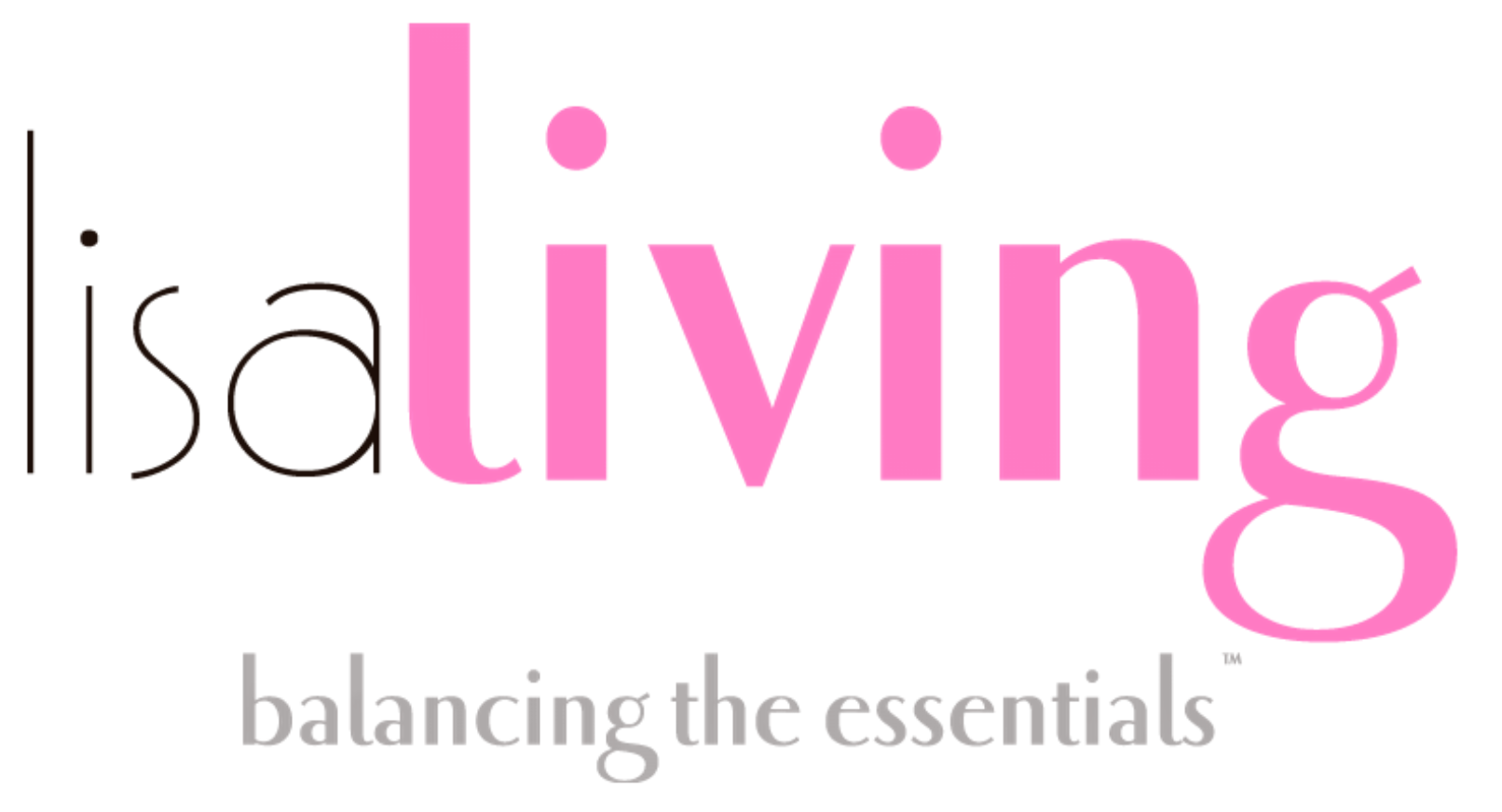By Sabrena Salahudeen
A mustard plant’s leaves are a peppery soul food and its seeds are used to make Dijon mustard. It doesn’t matter if it has toothed, scalloped, frilly, or lacy edges, mustard leaves are extremely high in nutrition. Its peak period is April, although it’s available throughout the year.
Mustard greens are an excellent source of vitamin E, vitamin C, beta carotene, vitamin K, folate, manganese, tryptophan, calcium and fiber. They are great sources of potassium, vitamin B6, vitamin B2, copper, phosphorus, iron and magnesium. On top of that, they are a good source of vitamin B1 and vitamin B3. Those with asthma, high cholesterol, osteoporosis, memory problems, or arthritis feel the healing benefits.
This antioxidant – and phytonutrient-packed plant should be bought when unblemished, crisp, deep green and fresh. Store the greens in the refrigerator for up to three days in a plastic bag. Those with kidney or gallbladder disorders should only eat these greens occasionally, as they are contain oxalate, a key component in kidney stones. These greens also contain goitrogens, which can interfere with the thyroid gland.
Clean mustard greens like spinach – clean in water by swishing around, empty water and repeat two more times. This super food works well in raw salads, sautéed, or blanched.






